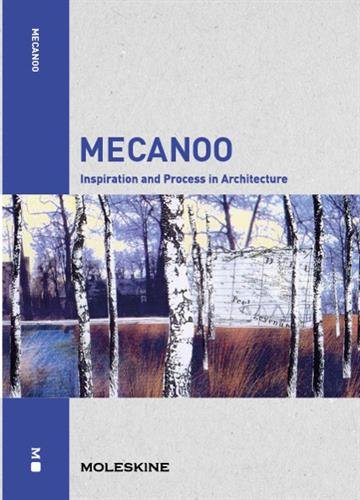
Moleskine Publishing Title Book, Inspiration and Process in Architecture -Mecanoo, Hard Cover (5 x 8.25)


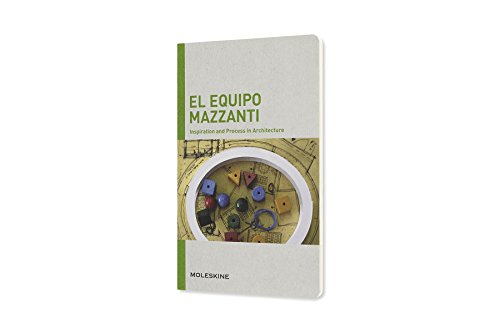
El Equipo de Mazzanti has its headquarters in Colombia where it has been operating for over 25 years, promoting architecture with a strong social value. This approach, attentive to collective transformations, analyses of the context and of the people involved, is expressed in a number of large-scale public works such as libraries, schools, congress centres, sports centres, parks and infrastructures. Its architects introduce innovative methodologies into the design process, inspiring action, events and relationships capable of developing new architectural models and forms as in the case of the Parque Biblioteca Espana or the Jardin Infantil Timayui that achieved important recognitions and awards.
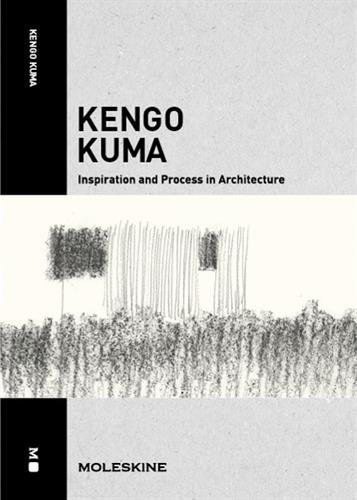

Influenced by a deep commitment to music, philosophy, and literature, the world-renowned architect Daniel Libeskind chooses drawing to put his ideas and thoughts into practice, stating that architectural drawing is in itself a creative work. Drawings which constitute “architectural explorations” – from Micromegas to Chamber Works and Sonnets in Babylon – are presented in this book along with those on “real” architecture, documenting the creative process of prestigious projects such as the Jewish Museum in Berlin and the World Trade Center redevelopment in New York.
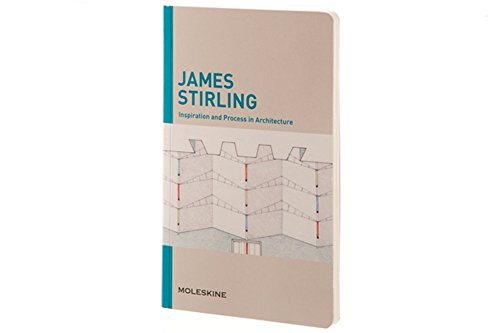
Drawing on original documentation – sketches, photographs and the iconic axonometrics – the book explores the creative process of James Stirling: from the early inspirations of Liverpool’s docks to his devotion to Le Corbusier, acknowledging the fundamental role of the partnerships with James Gowan and Michael Wilford. Described by his mentor Colin Rowe as an architectural connoisseur, Stirling analyses the past through relentless observational skills and elaborates it as a source of creativity and as a context to respect. The most eccentric British architect leaves a legacy that is not confined to history alone, but it continues to be paradigmatic for generations of architects to come.

Writings on Art and Architecture (1999-2016). This paperback version is meant to be a workbook of sorts. There is plenty of room to add content, draw ideas, and expand upon these thoughts. So, if you get a hard copy, it is meant to be studied, with things written in it. I intend to get a copy myself, and add more to it, too. Then I will issue an updated version years from now. Anyways, it is chocked full of ideas and good information. I think you will find the creative inspiration for artists section quite intruiging. So, get a hard copy and write your own ideas all over it. Expand, create, manifest… Thanks.
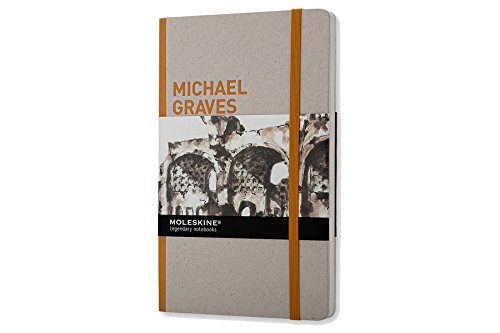
This is a collection of books which reveal the creative process of leading international figures in fashion design. Fashion Unfolds gives an intimate look into the secret, multifaceted and fascinating world of past and contemporary fashion designers, like precious objects that reflect each designer philosophy. As well as hundreds of images each book includes unpublished interviews and essays by the industry’s leading journalists. These books reveal the poetry of processes and precision that have led to the most unexpected creativity. They are materials for study, providing inspiration and awe. American architect Michael Graves divides architectural design into three distinctive moments: referential sketches, preparatory studies, and final drawing. This book is a visual diary that shows the architects attention to the legacy of the past and how the observation of the world leads to the creation of new forms with tangible features. Graves has been active with his studio since 1964 and has been a professor at Princeton University for over 40 years. He has designed more than 400 buildings around the world, receiving over 250 awards for the excellence of his work.
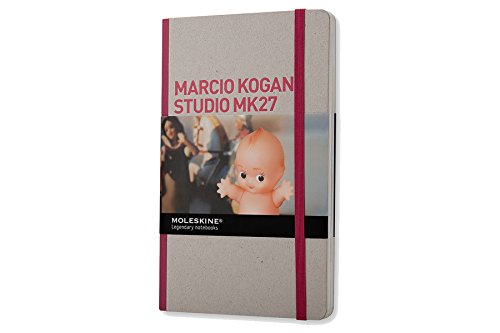
This is a collection of books which reveal the creative process of leading international figures in fashion design. Fashion Unfolds gives an intimate look into the secret, multifaceted and fascinating world of past and contemporary fashion designers, like precious objects that reflect each designer philosophy. As well as hundreds of images each book includes unpublished interviews and essays by the industry’s leading journalists. These books reveal the poetry of processes and precision that have led to the most unexpected creativity. They are materials for study, providing inspiration and awe. Studio mk27, led by architect Marcio Kogan, is one of the most important names of Brazilian contemporary architecture. Their work follow a precise path which is narrated in this book: sketches as the first intuitions of a project, preliminary drawings that give shape to the idea, diagrams that represent the architecture as never before, all the way to short movies to narrate the completed projects. These steps together form an unique and poetic statement of the world of architecture.
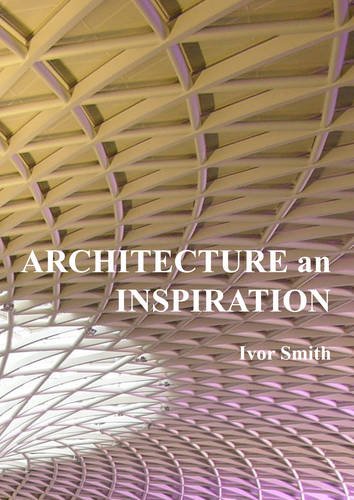
This book is about appreciation; it is an attempt to explain what architecture essentially is, rather than merely what it looks like. Architecture an Inspiration is addressed to those who enjoy buildings, cities and landscapes, and would like to have a deeper appreciation and a basis for their likes and dislikes. A full appreciation demands careful observation, and in these pages there are many explorations of this sort. The book is divided into two parts: the first is about the nature of architecture, describing what is necessary. The chapter headings define the basic requirements that, to varying degrees, must always be met, such as facilitating activity, moderating climate, relating to context, respecting materials and structure, as well as conveying meaning and delight. The second part is about the nature of designing and focuses on what the designer brings to the task to arrive at a human and poetic synthesis. These different ways of thinking are elusive and not necessarily conscious; they include the use of reason and intuition, the value of experience and precedent, the role of metaphor and the search for harmony. For students this is difficult, because there is no ‘right’ way of designing. So much of what is written about the architecture of today is negative that it seemed opportune to take a positive approach and point to work that is good – now and in the past – and reiterate some timeless qualities. Architecture an Inspiration does not set out to be comprehensive; Ivor Smith chooses examples that he finds particularly inspiring from the work of a few selected architects. The book will appeal to those both interested in and studying architecture.